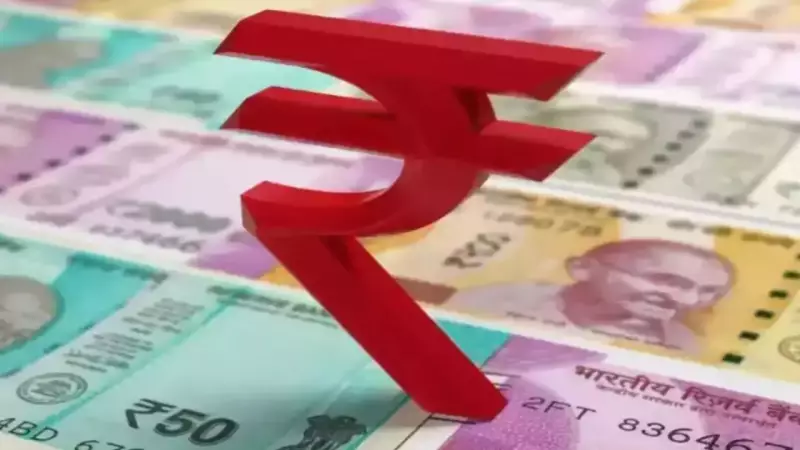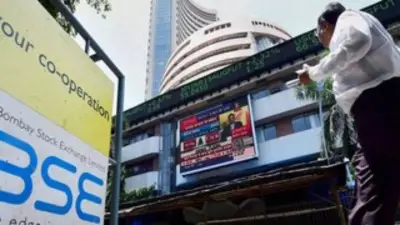
The Indian rupee experienced a significant setback on Thursday, plunging 47 paise to close at 88.69 against the US dollar amid mounting pressure from multiple fronts. The currency's decline represents one of the sharpest single-day drops in recent weeks, reflecting growing concerns among investors and traders.
What's Driving the Rupee's Downward Spiral?
The primary catalyst behind the rupee's weakness stems from the Federal Reserve's unexpectedly hawkish tone, which has strengthened the US dollar globally. Simultaneously, lackluster performance in domestic equity markets further weighed on investor sentiment, creating a perfect storm for the Indian currency.
Key Factors Behind the Currency Decline:
- Federal Reserve's firm stance on maintaining higher interest rates for longer
- Sustained dollar buying by importers and foreign portfolio investors
- Weakness in domestic stock markets reducing foreign investment inflows
- Global risk aversion affecting emerging market currencies
Market analysts note that the rupee opened weak and continued to face selling pressure throughout the trading session. The intraday trading range remained volatile, with the currency touching a low of 88.75 before settling at 88.69 against the greenback.
What This Means for India's Economy
The rupee's depreciation carries significant implications for various sectors. Import-dependent industries may face higher costs, while export-oriented businesses could benefit from increased competitiveness in international markets. However, the broader impact on inflation remains a concern for policymakers at the Reserve Bank of India.
Financial experts suggest that unless global conditions improve and domestic markets show resilience, the rupee might continue to face headwinds in the coming sessions. All eyes are now on the RBI's potential intervention and upcoming economic data that could influence the currency's trajectory.





